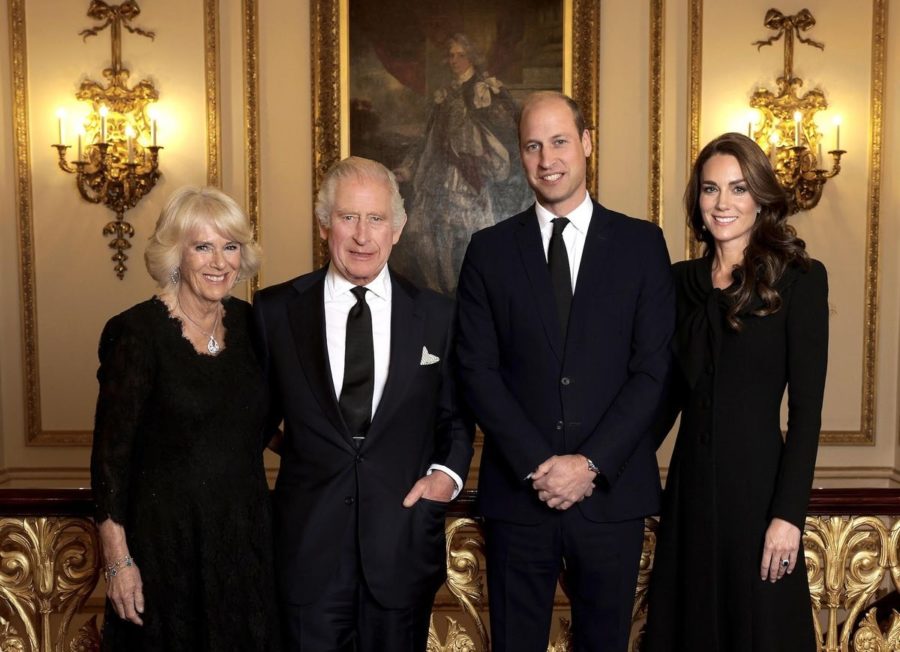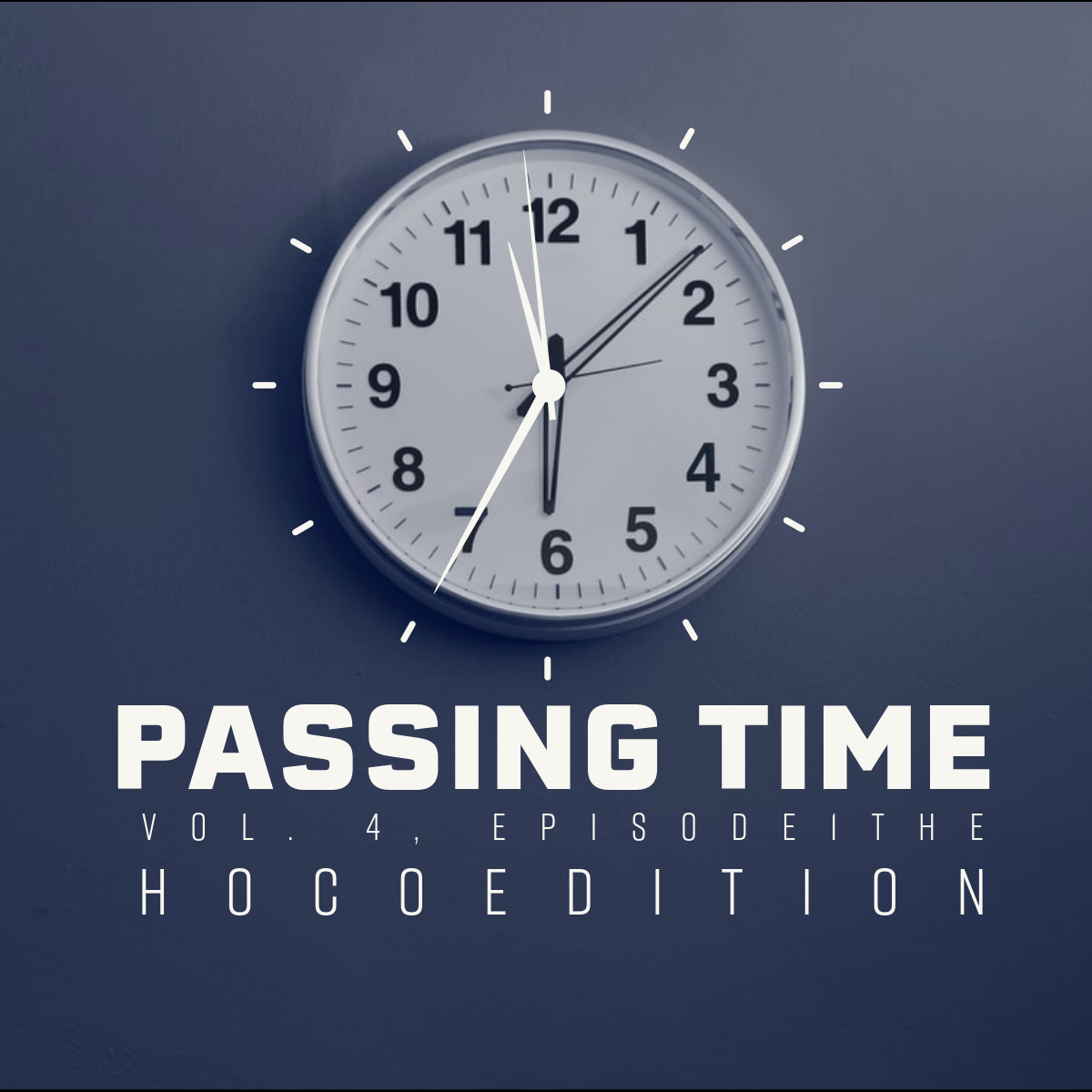Archeologists close in on Cleopatra’s tomb
April 27, 2023
Immortalized in legend, the death of Cleopatra is a story that many are familiar with. The year was 30 BCE, and with her lover, Marc Antony, dead, the last Pharaoh found herself cornered by the Roman legions. In an act of defiance, Cleopatra committed suicide, alongside her two handmaidens.
Revered and respected by both her people and her enemies, the Roman leader, Emperor Augustus, honored her final wishes: her three children needed to be spared, her remains should receive a proper Egyptian burial, and her body shall be laid to rest next to Antony.
But centuries later, the Queen’s tomb has yet to be found, adding weight to a claim made by Cleopatra before her death. The Egyptian people believed she was the human embodiment of the goddess Isis, with Antony being the god Osiris. To ensure that she remained immortal in the minds of those she led, Cleopatra stated that no man should ever find her tomb.
Ironically, a female archaeologist, Dr. Kathleen Martinez, believes she may be close to the burial place of these two historical figures.
Beginning in 2004, Martinez believed that the tomb would be located near the Temple of Osiris in the ruined city of Taposiris Magna, just outside the ancient Egyptian capital of Alexandria. Consulting Zahi Hawass, an Egyptian archaeologist who was then Egypt’s minister for antiquities affairs, her project was approved a year later, and since then, she has found some promising discoveries.
“The excavation revealed a huge religious center with three sanctuaries, a sacred lake, more than 1,500 objects, busts, statues, golden pieces, and a huge collection of coins portraying Alexander the Great, Queen Cleopatra and the Ptolemies,” said Martinez in an interview with CNN. The archaeologist has also revealed that the temple was dedicated to Isis, another sign that a burial spot may be nearby.
But the most recent discovery made by Martinez has been referred to as an “engineering miracle” by architectural design experts, and could signal that the end is in sight.
A 4,281-foot tunnel 43 feet underground has been uncovered in Taposiris Magna, connected to a complex series of tunnels that lead to the Mediterranean Sea and other sunken structures.
Parts of the city and temple had been hit by repeated earthquakes, causing some buildings to collapse or sink. But that hasn’t stopped Martinez, who has begun underwater excavations to see where the tunnels end.
In the CNN interview, Martinez shared her excitement, “Although it is “too early to know where these tunnels lead,” she is hopeful. If the tunnels lead to Cleopatra, “it will be the most important discovery of the century.”





























